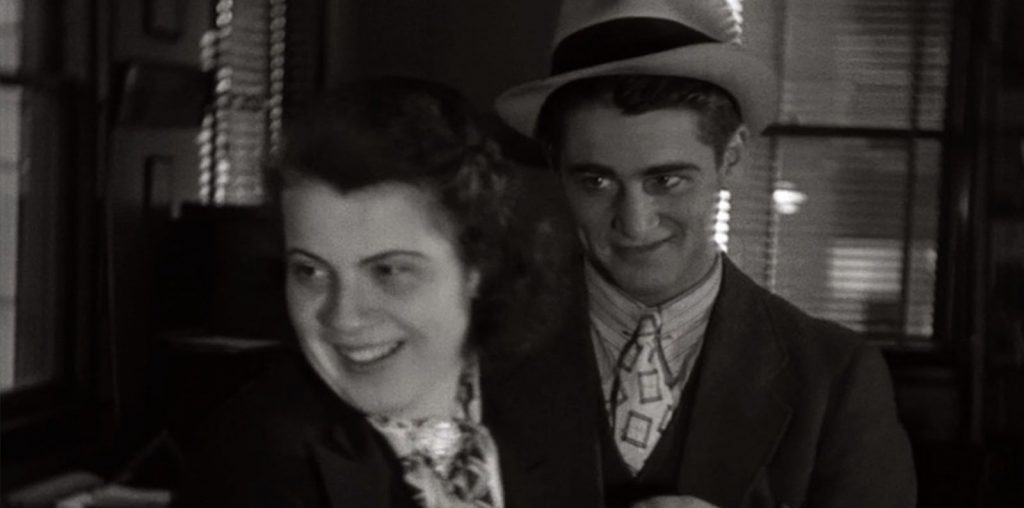
When I was a teen it wasn’t directors or actors who got me to go see a horror film. It was the people behind the special effects. Savini. Baker. Winston. Those names were enough to cause an erection in this lad’s pants. To this day I still marvel at the spectacle that is the original “Dawn of the Dead.” And “Alien”? Wow.
Things have changed, though. CGI has replaced latex when it comes to creating movie magic, and even low budget horror movies use computers to help with the special effects. This is depressing.
When I first saw the trailer for “Van Helsing,” I just shook my head in disbelief. The CGI was obvious and painful. I suddenly longed for the days of John Carpenter’s version of “The Thing,” and wondered how that would look with computer effects in place of Rob Bottin’s creations. I bet they could do some pretty nifty creatures, but nothing the computer could do would look as good as what was on the screen in the ‘80s, and that’s because the creatures we saw were real.
When a special effects artist uses stop-motion animation or even just simple latex prosthetics, he or she is creating something that is physical and three-dimensional. It may have flaws, and it may sometimes move like rubber, but it is tangible, and the human eye can pick up on that and recognize it as something that actually exists.
CGI can take care of the movement problems, and it can make things look fairly physical, but in the end it is animation and it looks a little too perfect. Sometimes it works, like in the first two “Star Wars” episodes, but more often than not it looks bad and rips you right out of the movie.
In the “old” days I could name special effects artists and studios like jocks could name baseball players and their stats. I knew who did what work on what movies and how they accomplished their feats. These days I can name one CGI studio: Industrial Light and Magic. Pretty sad. What’s even sadder is the fact that I don’t see kids having that same enthusiasm for the special effects teams like I had when I was their age. They may say the effects look “cool,” but they don’t know who is behind them or what studio created them. They just know a computer and a guy at a desk brought them to life.
Maybe that’s a good thing. Maybe it lets these kids have more of a real experience without knowing just how things were done behind the scenes. Maybe my worship of special effects crews in the ‘70s and ‘80s hindered my enjoyment of the movies somehow … but I doubt it. I was still amazed and shocked by what they could create. It still happens today, too, when I see an effect I know wasn’t done on the computer. Case in point: “Devil’s Experiment” from the “Guinea Pig” series. There is a scene in that film where a needle is put into a woman’s face and then rammed up through her eye. It looks incredibly realistic, but I knew it was fake. I was impressed, though, and couldn’t figure out how they did it until I watched the “making of” segment on one of the DVDs in the series.
Perhaps in ten or twenty years from now movies will hype the computer effects artists like horror movies did back in the ‘80s. Lobby posters will say something like, “Featuring the computer effects work of Ted Lacey, the man behind ‘Matrix 5: The Marketing Ploy.’” Maybe then kids will get excited again, and magazines dedicated to computer special effects will spring up in every grocery store from Delaware to California and beyond. I have a hard time seeing that happen, though. The special effects of old were a labor of love. These new ones seem cold and lack soul, but worst of all, they just seem like a job. Who is going to embrace that? Beats me, but I know I won’t even try.
Discuss Doug Brunell’s “Excess Hollywood” column in Film Threat’s BACK TALK section! Click here>>>
